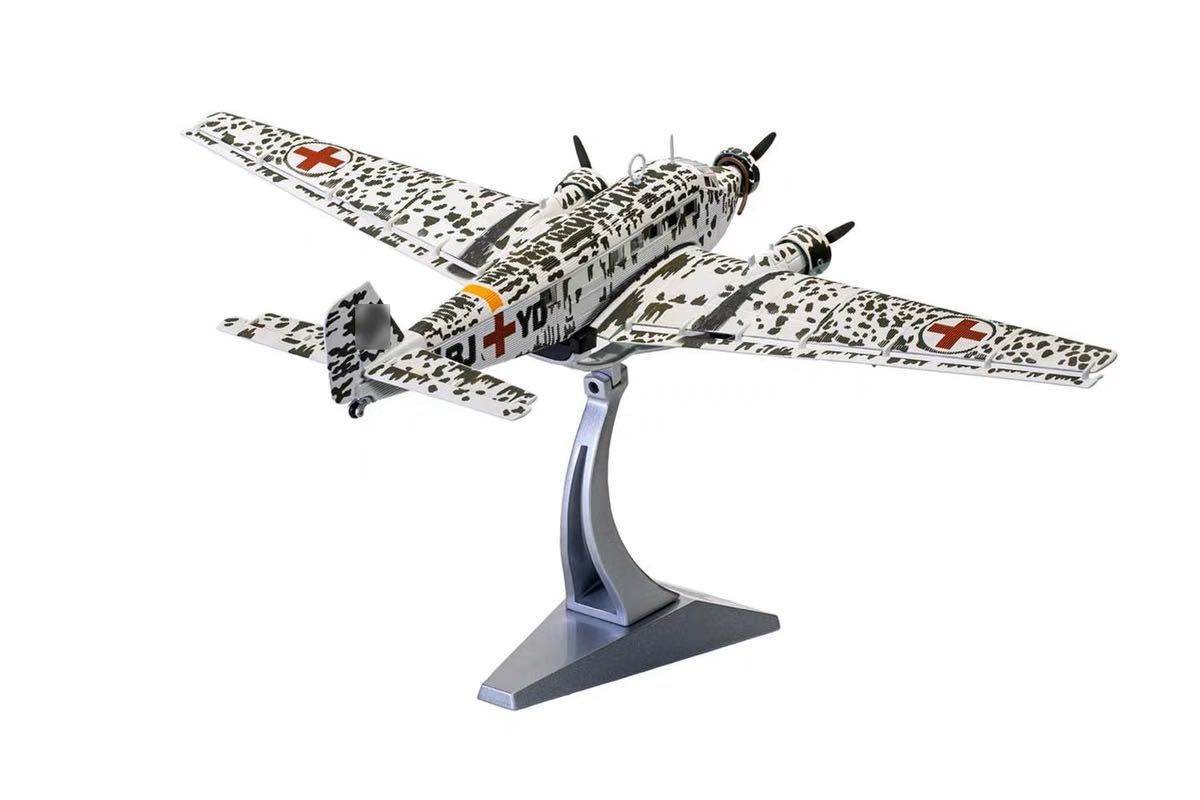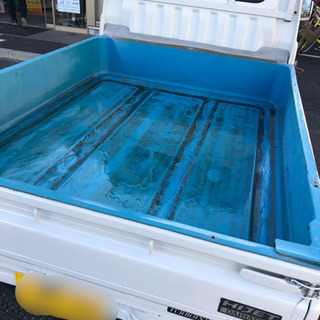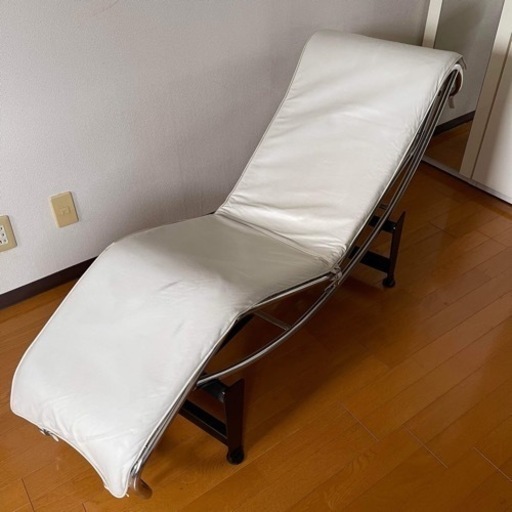-
シーンから探す
- 人形、キャラクタードール
- 美術品
- ホンダ
- 美術品
- 記念品、思い出の品
- ホンダ
- ワンピース
- USED風加工下着
- バッグ
- その他
- その他
- タレントグッズ
- 自転車
- オートバイパーツ
- サプリメント
- スマートフォン/携帯電話
- 文房具
- スマホ、タブレットアクセサリー、周辺機器
- おもちゃ
- 生活家電
- 道具、工具
- その他
- アクセサリー
- キッチン/食器
- テーブル
- 電動アシスト自転車
- キッズ靴
- オーディオ機器
- キッチン家電
- 椅子、スツール、座椅子
- ゴルフ
- 本
- その他
- その他
- パンツ
- 本
- 生活家電
- その他スポーツ
- トップス
- ホンダ
- カタログギフト
- その他
- その他
- PC/タブレット
- その他
- 季節、空調家電
- アクセサリー
- 子ども用ファッション小物
- レディースファッション
-
贈る相手から探す
- ホンダ
- カメラ
- タレントグッズ
- 飲料
- 魚介類、海産物
- ペット用品
- タレントグッズ
- 自動車パーツ
- おもちゃ
- 自動車パーツ
- 帽子
- その他
- 米、雑穀、粉類
- 自転車
- 印刷物
- 寝具
- DVD/ブルーレイ
- DVD/ブルーレイ
- 寝具
- タレントグッズ
- 寝具
- 素材/材料
- その他
- その他
- 工芸品
- フィッシング
- バッグ
- その他
- 洗浄/衛生用品
- テレビゲーム
- アウトドア
- その他
- 机/テーブル
- 材料、部品
- アウトドア、キャンプ、登山
- ゴルフ
- 自転車、サイクリング
- 椅子/チェア
- 自動車アクセサリー
- おもちゃ
- 素材/材料
- メンズファッション
- その他
- その他
- DVD/ブルーレイ
- その他
- ライト/照明
- 野球
- 施設利用券
- コミック/アニメグッズ
- その他
- カテゴリから探す
- おまとめ注文・法人のお客様
販売済み corgi コーギー ユンカース Ju-52/3M ドイツ空軍 救急搬送機 スターリングラード 1942年冬 BJ+YD 1/72 新発売
-
商品説明・詳細
-
送料・お届け
商品情報
残り 9 点 41,800円
(186 ポイント還元!)
翌日お届け可(営業日のみ) ※一部地域を除く
お届け日: 11月11日〜指定可 (明日10:00のご注文まで)
-
ラッピング
対応決済方法
- クレジットカード
-

- コンビニ前払い決済
-

- 代金引換
- 商品到着と引き換えにお支払いいただけます。 (送料を含む合計金額が¥291,064 まで対応可能)
- ペイジー前払い決済(ATM/ネットバンキング)
-
以下の金融機関のATM/ネットバンクからお支払い頂けます
みずほ銀行 、 三菱UFJ銀行 、 三井住友銀行
りそな銀行 、ゆうちょ銀行、各地方銀行 - Amazon Pay(Amazonアカウントでお支払い)
-































新品未使用
素材:ダイキャスト
商品紹介:Junkers Ju-52/3m g6e BJ+YD, Medical Evacuation Aircraft, Stalingrad, Air Bridge Operations, November 1942.
Ordered to stay and hold their positions by Hitler, the encircled German 6th Army at Stalingrad were informed that the Luftwaffe were about to establish an Air Bridge to keep them supplied with the food, ammunition and general supplies needed to allow around 300,000 German troops to keep fighting. In the depth of a Soviet winter and woefully unprepared for such an undertaking, Luftwaffe crews quickly learned that if Soviet aircraft didn’t shoot them down during the flight in, they were just as likely to be destroyed on the ground, striking one of the many snow covered shell craters that littered Pitomnik airfield, or being hit by mortar or artillery fire from Soviet forces who were fighting their way ever closer.
If they did land safely, inexperienced ground crews lengthened the time aircraft stayed in this ‘hell hole’ and when they did eventually leave, their aircraft would be laden with injured troops, desperate to escape the Stalingrad cauldron. With Luftwaffe supply efforts never coming anywhere close to delivering even the minimum quantities required by the beleaguered German troops in the Stalingrad region, Pitomnik airfield soon resembled something of an airfield graveyard, with burnt out and destroyed transport aircraft lining the edge of the runway, serving as something of a macabre aviation guard of honour for the aircrews which were still engaged in this increasingly desperate supply operation.